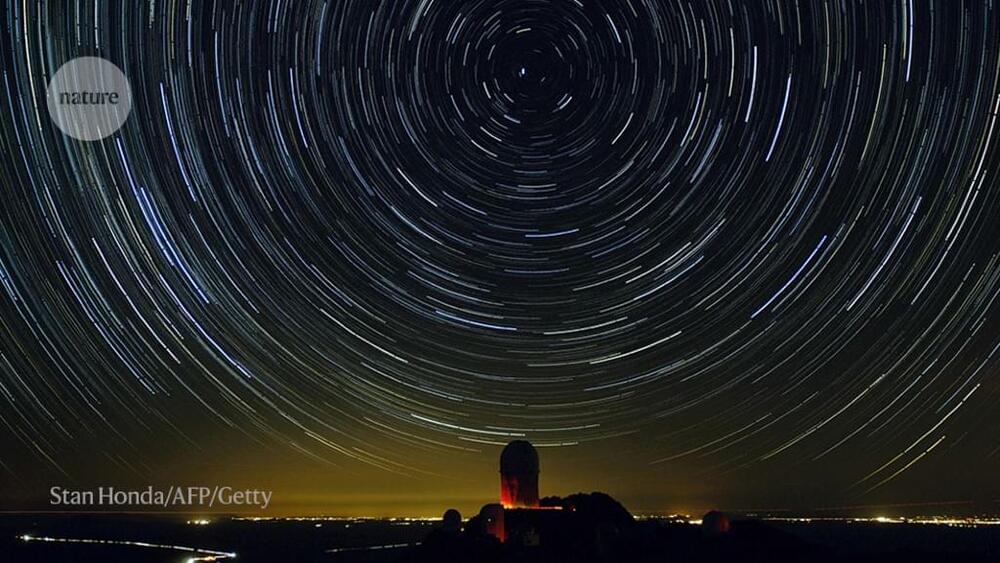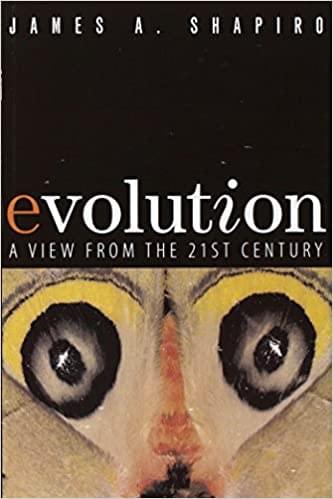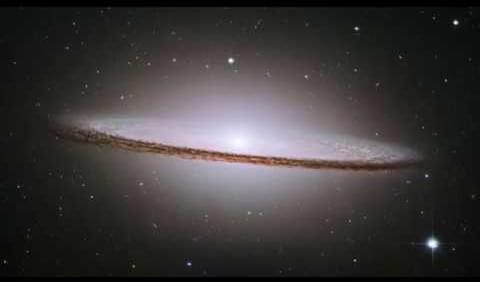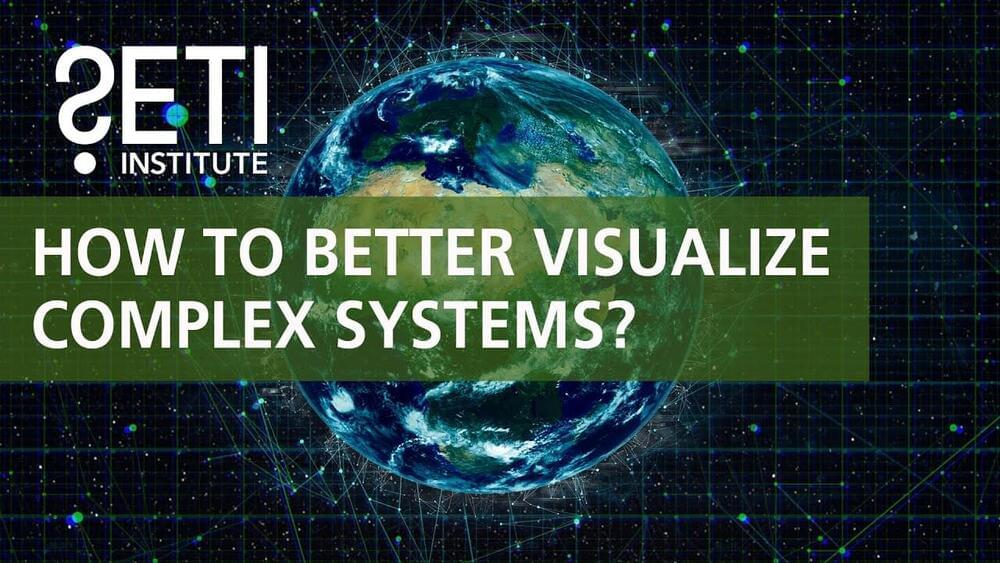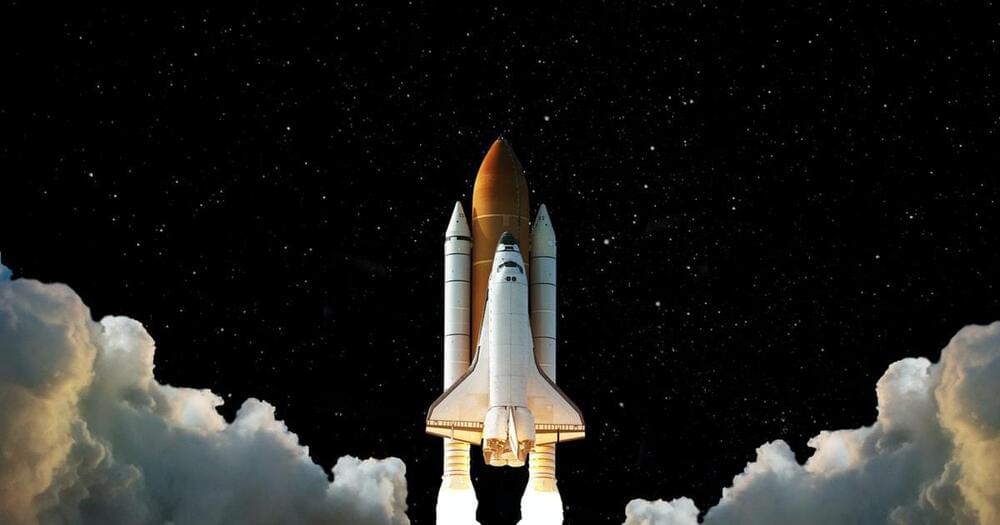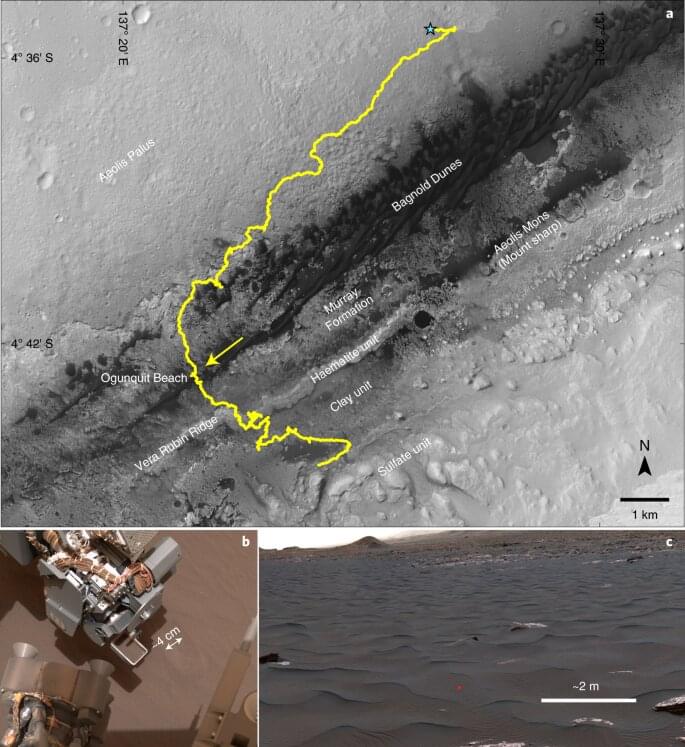
An international team of space researchers working with NASA’s Goddard Space Flight Center has found previously unknown organic molecules on Mars using a new experiment aboard the Curiosity rover. The results are published in the journal Nature Astronomy.
To date, NASA has sent nine orbiters and six rovers to Mars, in part to learn more about the possibility of extraterrestrial life. To that end, the planet has been photographed with various types of cameras. More recently, rovers have dug down into the Martian soil to collect samples for analysis. The goal of such work is to learn more about the chemicals in the soil on or near the surface, but more specifically, to see if it contains organic molecules. If so, they could be evidence of life or prior life on the planet. The rovers have found organic molecules, but samples were not sufficient to claim they were produced or used by a living organism. Thus, the search continues. In this new effort, after the Curiosity rover’s drill stopped working in 2,017 the control team chose to conduct a type of experiment that had not been done by the rover before.
Curiosity carries an instrument called the Sample Analysis at Mars, an array of cups that hold samples of soil as they are being analyzed. The array has 74 cups—all but nine of them are empty most of the time. The other nine hold chemicals that are used to conduct other kinds of experiments. Because of the drill malfunction, the team at NASA chose to drop soil samples into the cups containing the chemicals and then to analyze the chemicals released due to reactions. The researchers found organic molecules in the soil that had never been seen on Mars before. While the new experiment did not find evidence of life, it did show that there are other novel ways to test for it on Mars and other planets.

